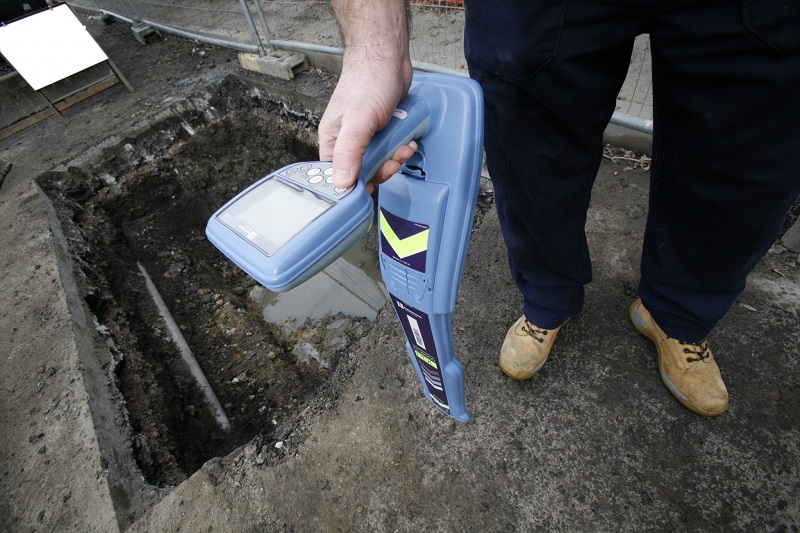Cable Locator: The Ideal Instrument to Detect Buried Utilities
There are no fun and games when you’re dealing with construction works because without proper planning things could easily go wrong, posing the risk of accidents leading to injuries, damages and material losses – these are the kind of consequences you’d want to avoid at any cost.
Any project with excavation and digging involved requires a thorough inspection regardless of whether it’s building a new facility or renovating your home adding a pool since there’s the fact pipelines and cablelines can be anywhere; yes, including in close proximity to or at the very spot of where the digging and excavation are supposed to take place.

I’m going to quote author R.C Lewis here: “Just because you don’t see something doesn’t mean it isn’t there”. In such cases a cable locator proves to be essential. Also known as cable avoidance tool, it’s an instrument designed to detect the exact location and depth of cables and pipes and happens to be useful both prior to and during the excavating and digging processes.
Thanks to the advancements in technology, you won’t have to wonder on the efficiency of locators and the design is undergoing changes so they’re becoming more lightweight and portable, not at the expense of accuracy though!
Other than varying in brands, a cable locator can be found with different types of features, such as multiple locate modes, single or multi frequencies so it can be a single or multi-frequency locator and you can choose depending on what it is you intend to use it for locating, as well as the features you find most useful.
Apart from proving to come in handy with detecting buried utilities for construction and excavating projects, it’s also great with locating and repairing cable and pipe faults which further proves how multi-use and valuable of an instrument it is.
Understanding it better, it’s good to know it consists of a transmitter and a receiver. The two modules are connected so that the transmitter generates a signal current at a specific frequency, supplies it to the underground cable thus creating an electromagnetic field which is then received by the receiver.
When it comes to the way the detection happens, be it directly when the transmitter is directly connected to the cable, or indirectly from above the ground, you have two locating methods: direct connection and induction method respectively.
It’s better to be safe than sorry so use a locator!



